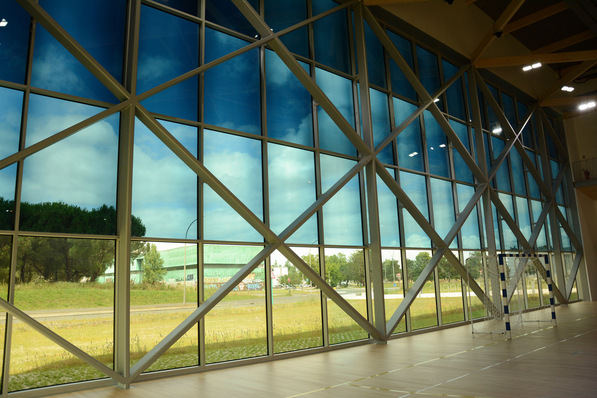In 2009, the ift formulated an important basic rule for the construction of a window that is optimally designed in terms of building physics: "The centre seal must be more open to diffusion than the overlap seal on the inward side." There is no question that this rule makes sense. That it has nevertheless remained largely unheeded is astonishing to say the least.
Deventer, however, recognised the importance of this basic rule and therefore initiated an extensive research project. Jürgen Daub, Head of R&D and Product Management at Deventer, says of the results: "We are really proud that we have succeeded in bringing our sealing profile to series production readiness. It enables window manufacturers to fulfil the ift's more than ten-year-old requirement."
No more mould in the fitting rebate
Used as a centre seal, the new, diffusion-open sealing profile improves the dissipation of moisture in the fitting rebate to such an extent that one can speak of a "real revolution in window construction". Mould formation in the rebate could be a thing of the past if the new profile type becomes established as a centre seal, says Daub.
Daub knows: "Well-insulated houses without automatic ventilation systems have a problem: if the temperature difference between inside and outside becomes large, moisture from the room air precipitates as condensation at the coldest barrier of the building envelope. Often this is in the rebate of the windows."
See also: Study sheds light on role of spacer bars on thermal comfort
How does a sealing profile have to be designed so that a window is as tight as desired, but moisture can diffuse as soon as the humidity outside the building is lower than in the rebate? "Deventer found the answer to this question during the research project," Daub reports. "The patented solution is there. Now we have to bring it to market." With a new type of specially processed seal, it is possible to reduce the amount of moisture in the fitting rebate by up to 12 per cent.

BAUWERK, engineering office for building physics and window technology, WinIso simulation software.
Dry faster thanks to diffusible seal
"With our new seal, we had to achieve that the humidity in the window rebate is always below 80 per cent, if possible. This is the case when drying of the moisture in the rebate is actually always possible except in very wet weather." So what was needed was a design for the centre seal that would allow the rebate to vent as soon as the natural conditions for diffusion were met.
In the meantime, the innovation developed in the process has been patented and presented to several window manufacturers.
Also interesting: What to consider when installing wood windows in winter
Manufacturers who want to save their customers and end users from unpleasant discussions about "black spots" in the window should in future equip their windows with a centre seal that is actually capable of diffusion. "In the future, the majority of windows will be installed as part of renovations in buildings that are not sufficiently dehumidified via automatic ventilation," the research director points out.













